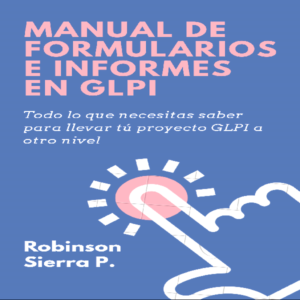If you need something that teaches you both the concepts of mechanical ventilation and how to manage patients with respiratory failure, this is the book for you. I can remember my first ICU rotation as a resident. It was great--sick patients, lots of procedures, and a real challenge. It was also intimidating, especially when it came to the ventilator. I had a basic understanding of mechanical ventilation, but I wanted to learn more. Unfortunately, the books and articles that I found were not what I needed. Don’t get me wrong--there are a lot of excellent books on Critical Care Medicine out there. The ones that I read had long chapters on the pathophysiology of respiratory failure, the mechanics of gas exchange, and the evidence supporting different modes. The problem was, I didn’t have time to read 100 pages on the mechanics of gas exchange. The physiology stuff was nice, but it wasn’t much help in the middle of the night when I was getting paged to the ICU. What I needed was a guidebook--something that would tell me how to set the ventilator up, explain why, and help me troubleshoot a tough situation. It had to fit in my jacket pocket. It had to be written in a way that made sense. Most importantly, I had to be able to read it at 2 a.m. without having it put me to sleep! Now, I teach Critical Care Medicine. The residents and medical students that I work with need the same thing I did--a way to understand mechanical ventilation while being responsible for the care of sick, sick patients. That’s why I wrote The Ventilator Book. So...what’s in the book? The How-To Guide--here’s where you’ll find good information about initial setup, quick adjustments, and troubleshooting. The How-To Guide is all you need to get through a busy night on call in the ICU. This is available for free on the website. The Eleven Commandments of Mechanical Ventilation The Owner’s Manual--this is a more in-depth discussion of different modes, PEEP, trigger, flow, and liberation from mechanical ventilation. There are also chapters on high frequency oscillatory ventilation and airway pressure release ventilation, as well as a chapter on taking care of the patient with prolonged respiratory failure. Each chapter is concise and can be read in 10-20 minutes. Appendix of Useful Knowledge--equations and formulas that are useful for attending rounds, pimping, and presentations. They can also be used from time to time to take care of critically ill patients. This is available for free on the website.
The Ventilator Book (English Edition)
Sobre
Talvez você seja redirecionado para outro site












